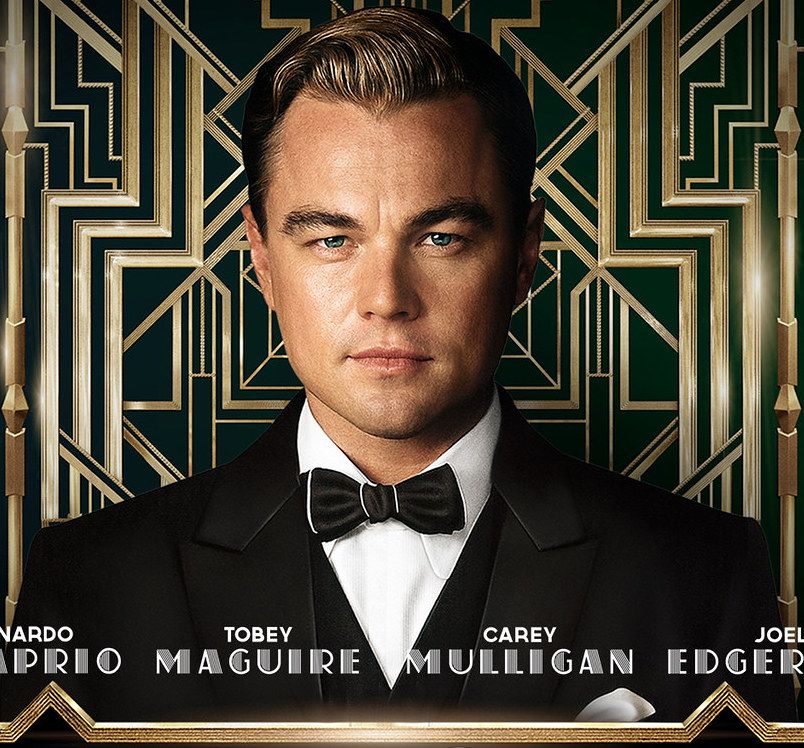The Great American Novel
In 1925 Scott Fitzgerald published “The Great Gatsby,” a story that has been referred to as the great American novel and has been adapted into four movies since. It’s a tragic story of a self-made man who reinvents himself and achieves socioeconomic mobility, of sorts.
Gatsby changes his name to conceal the shame of his humble roots. He becomes wealthier than his wildest dreams. Gatsby then moves to Long Island and throws the most lavish parties only to meet Daisy, the love of his life, once again. Although he finds that she got married to another man in his absence, Gatsby is determined to win her back.
Life can be exceedingly fallacious, you see. It promises so much, but delivers so little. Heartbreakingly, Gatsby fails to woo frail Daisy. The fact is echoed from Fitzgerald's life to his novel: “Rich girls don’t marry poor boys.”
The story represents a critique of the American dream. The idea of working hard and turning one’s life around has lived on, nonetheless. What could be more American, you might think? America has long promised the ideals of liberty, the pursuit of happiness, and the equality of opportunity. In this article, we discuss whether she has kept her promises.
The American Dream is no longer American
In 2012, the council of economic advisors introduced, for lack of a better name, the “Great Gatsby” curve. The curve shows how likely a person living in a particular country is to achieve upward mobility, i.e., to be more affluent than their parents.
Ironically, America ranks 8th for such a definition of the American dream. Across the pond, however, the Scandinavian nations rank first. A fact that prompted many headlines like: “If you want the American dream, go to Finland.”
The curve also shows the negative correlation between upward mobility and inequality in one country. That is to say, the more unequal the distribution of wealth in a country is, the less likely people from this country will be better off than their parents. The correlation in such a curve doesn’t imply causation; however, we need more substantial evidence.
The Price of Inequality
In a remarkable paper from the National Bureau of Economic Research, Chetty et al. quantify the American dream as upward socioeconomic mobility between generations (the same definition from the “Great Gatsby” curve).
The researchers found that the percentage of the population that achieves such mobility has been steadily declining since the 1940s. The researchers attributed this morose phenomenon to two causes: the rise of inequality and the decline of economic growth. They then went a step further and used counterfactual analysis to assess the impact of each cause.
The researchers introduced the term: “mobility gap” to represent the difference between where one “should be” and where they actually are economically. Inequality has a disproportionate effect on this gap. It justifies 71% of the mobility gap, whereas low economic growth only explains 29% of the gap.
The paper also highlights an astonishing result: At this point, half of the population will be better off than their parents. While the other half will be worse off. That's equivalent to a coin flip.
If the downward trend continues even further, then most people will make less money than their parents. Such a significant result will end economic progress for most of the population.

How much did Inequality rise?
In a paper from the Economic Policy Institute, researchers show how inequality has spiraled out of control in the last few decades. The researchers explain such a phenomenon using the asymmetric pay-increase between the CEO of a company and a typical worker.
Since 1978, CEO compensations have grown 940% while that of an average worker has only risen 12%. Although not everyone is a CEO, the sentiment is there. The rungs of the corporate ladder have grown wider apart over time.
How does Inequality Affect the Distribution of Opportunities?
As we’ve seen, inequality has astounding power over the distribution of opportunities among populations. While meritocracy promises a level playing field, inequality skews such a field.
One might ask, is there an inherent conflict between meritocracy and inequality? Meritocracy promises that the best person, in terms of abilities and competencies, beats others in climbing up the ladder. On the other hand, inequality introduces different ladders, each of a different length.
A good example is that parents could alter meritocratic-based schooling of their children using their ability to pay for private education. A counteraction from the government could be to bridge the gap between public and private schools. As the system evolves, exploitations present themselves to the most affluent. Public policy needs to coevolve to prevent such exploitations and ensure a level field at all times.
Moving Forward
Regardless of how the novel ends, what made Gatsby great was his extraordinary gift for hope, and his heightened sensitivity to the promises of life. It is his belief in his abilities and his control to alter destiny. And so, we tread.
In this article, we’ve outlined how the system has evolved since the 1940s only to show that we’re able to recover what made America America. In the next article, we will discuss low economic growth in more detail and the role inequality plays in it. Stay tuned, old sport, won’t you?


